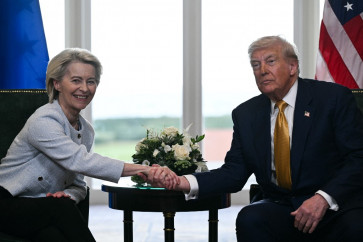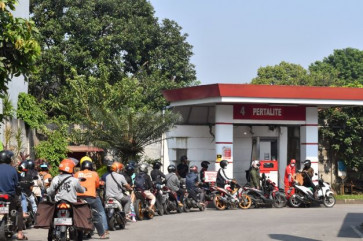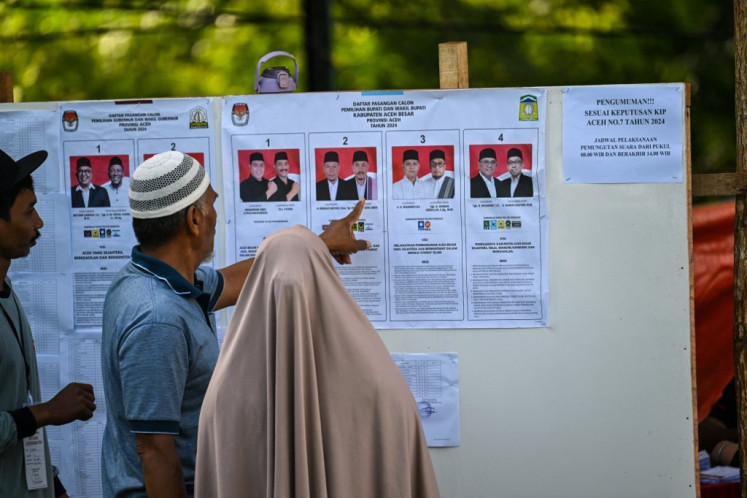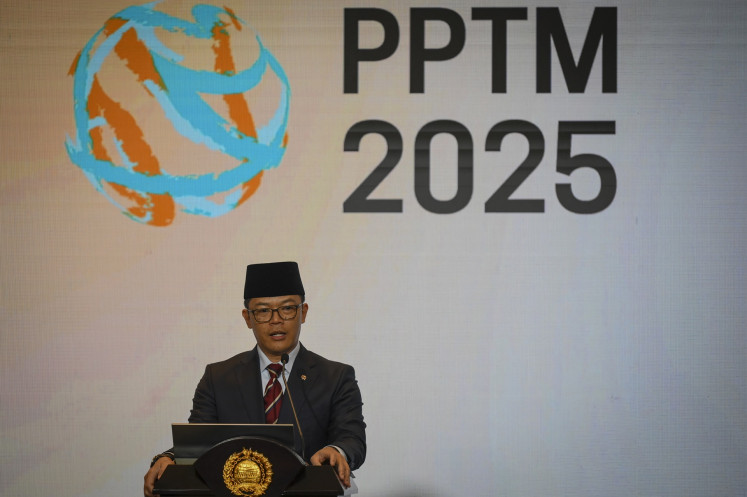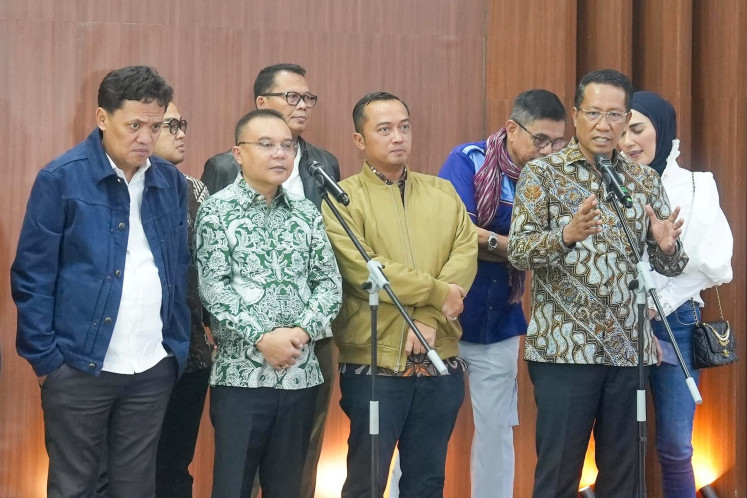Popular Reads
Top Results
Can't find what you're looking for?
View all search resultsPopular Reads
Top Results
Can't find what you're looking for?
View all search resultsTransmigration program yet to free people from poverty
The government has reintroduced a decades-old transmigration program with several new objectives that are expected to redistribute welfare from growth centers in Java to outside Java
Change text size
Gift Premium Articles
to Anyone
T
he government has reintroduced a decades-old transmigration program with several new objectives that are expected to redistribute welfare from growth centers in Java to outside Java.
“It will not only focus on population distribution but also on economic distribution and rural development,” Villages, Disadvantaged Regions and Transmigration Ministry secretary-general Anwar Sanusi told The Jakarta Post on Friday.
The new concept of transmigration is stipulated in the 2020-2024 Medium-Term National Development Plan (RPJMN), which will develop 52 transmigration sites into new cities. The target is higher than the target of 20 new cities set in the previous 2015-2019 RPJMN.
The new concept shows the government’s ambitious plan to use transmigration as an instrument for economic redistribution from the densely populated islands of Java and Bali to the less populated Papua, Kalimantan, Sulawesi, Maluku and Nusa Tenggara.
According to the ministry’s director-general of transmigration site development, HM Nurdin, the government has decided to increase the number of targeted areas in view of high people’s interest in joining the program. Data at the ministry shows growing participation in the program, from 1,271 families in 2018 to 1,465 families this year. The ministry has targeted to send 7,500 families to 144 transmigration sites within the next five years.
To promote ethnic diversity and encourage culture assimilation, he said the percentage of ethnic identities in transmigration sites would be managed. Furthermore, the transmigration program will not be limited to island-to-island destinations but people from one island could also migrate to different parts of the island.
“For example, we expect a transmigration site in Kalimantan to have residents consisting of 50 percent Javanese and 50 percent Balinese. This way, we can avoid conflicts. Besides, local people from Kalimantan can also migrate to other regions still located in Kalimantan. So, there would be a mix between local migrants and migrants from other islands,” Nurdin told the Post.
The new transmigration scheme, however, will not be an easy task as the ministry is struggling to finance the program, limiting it to sending 1,300 families per year.
The ministry has been given Rp 3.5 trillion (US$ 248 million) to finance the program in 2020, less than what was allocated in 2019, which was at Rp 4.3 trillion.
Another problem the government needs to settle is the legal status of transmigration sites, with many overlapping with communities and businesses.
The executive director of the Institute for Development of Economics and Finance (Indef), Tauhid Ahmad, conceded that transmigration had contributed to regional development. He cited the establishment of 153 new transmigration sites and 20 new cities in 2018 that had exceeded the target of establishing 144 transmigration sites as stipulated in the 2015-2019 RPJMN.
Tauhid, however, was concerned about the quality of the new transmigration sites and new cities.
“A report by Bappenas [National Development Planning Agency] shows that only 28 transmigration sites are considered to be developed and 24 others are considered to be independent. The rest cannot don’t even the minimum standards,” he said.
Albertus Harianto, a resident of East Manggarai regency, East Nusa Tenggara, said many people from his neighborhood were excited about the transmigration program and were willing to move to Kalimantan.
East Manggarai Regent Agas Andreas confirmed there were still many problems at transmigration sites. Road access to Marabola, a local transmigration area in East Nusa Tenggara, for example, has not been paved yet, and some bridges directed to the area were not permanent.
He added that Elar, where a transmigration site was set up 25 years ago, did not even have access to electricity.
Nevertheless, Agas said the local government had vowed to pay attention to the development of transmigration sites in East Manggarai by proposing a budget for better road access and other infrastructure in 2020 to 2021. (trn)
— Markus Makur contributed to the report from East Manggarai.



